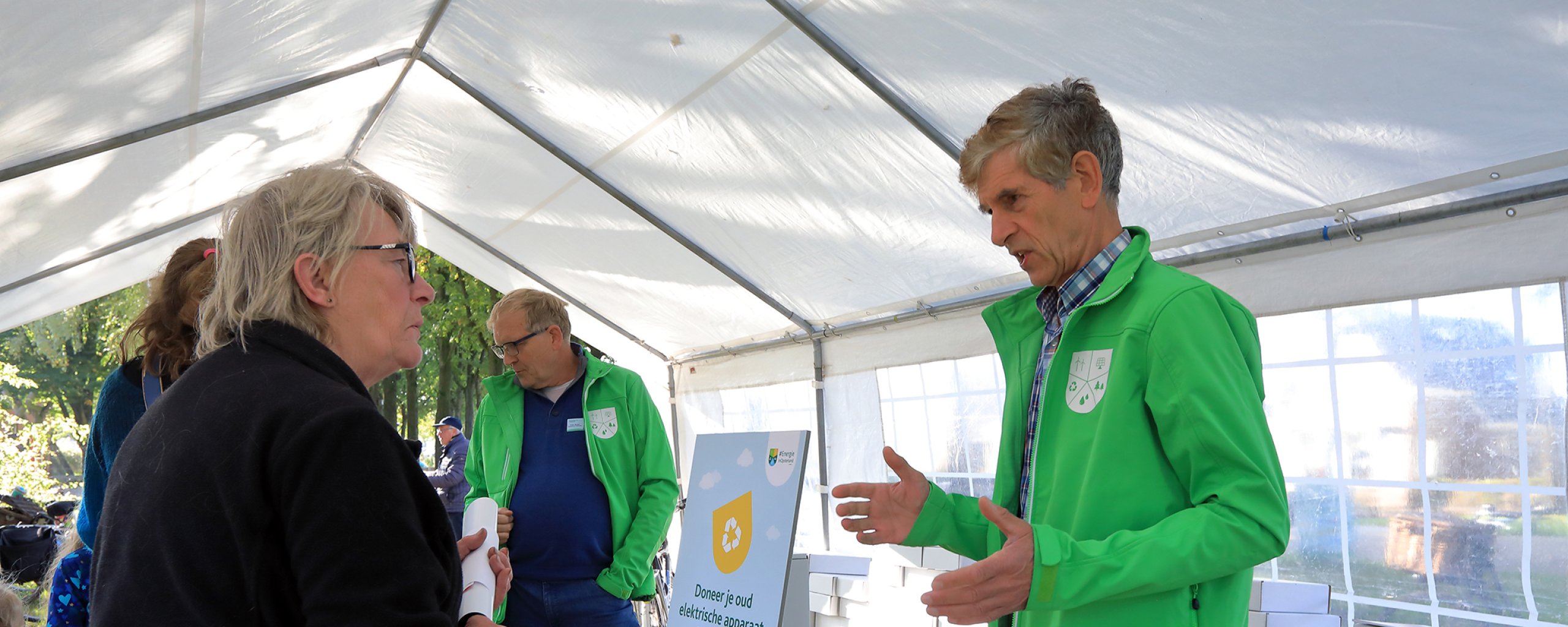Preserving monuments - grants and information
There are several options for financing preservation of monuments. It is wise to check with the various implementing agencies to see if your project is eligible. The main implementing agencies for grant schemes for the preservation of monuments in the Netherlands are:
- Insulation Action Opsterland (LAI) Municipality of Opsterland
- RCE: Focus on national monuments and policy.
- National Restoration Fund: Financial support and guidance.
- RFO: Sustainability subsidies and tax schemes.
- Provinces and Municipalities: Regional and Local Support.
- Heat Fund: Financing for sustainability.
- Stimuleringsfonds Volkshuisvesting (SVn): sustainable financing solutions to different target groups.
By working with these agencies, monument owners can implement targeted and effective preservation measures.
Advice from energy explorers
In the municipality of Opsterland, Bas Tromp and Lisanne Runhart help homeowners with the Local Approach to Insulation (LAI). This subsidy is for houses with a WOZ value up to €429,300 (reference date 01-01-2022) and a poor energy label.
The energy explorers will help you:
- To see how to make your home more energy efficient.
- With forms, advice and quotations.
- To figure out how to pay for it.
More information can be found at: Energy explorers | Energy in Opsterland
